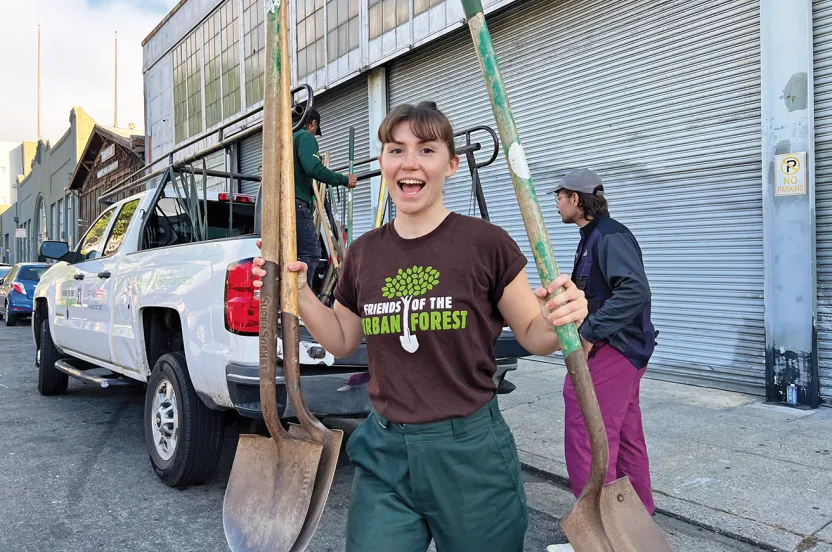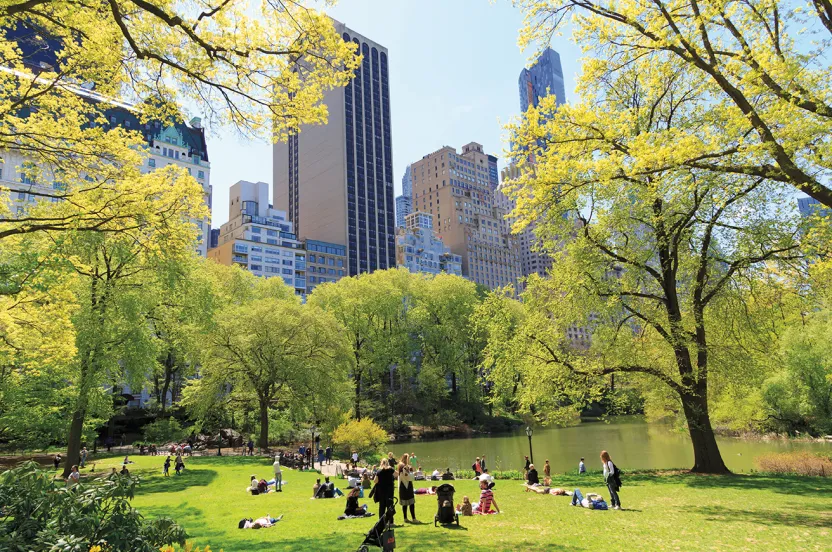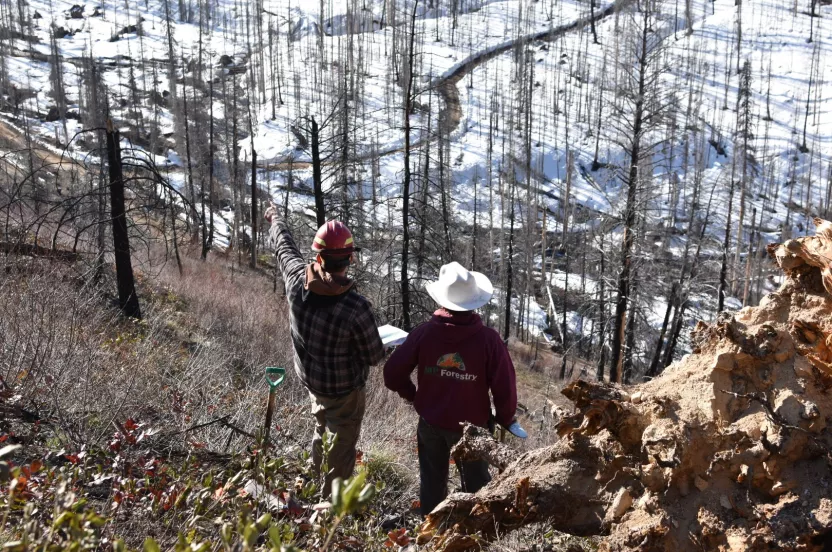Now live: The 2025 Canopy Report. Learn how Americans see trees. GET THE REPORT
Natural disasters often strike without warning and wreak havoc wherever they land. A city can never be fully prepared for natural devastation, but there are measures they can put in place that will help reduce the impact. One of the easiest and cheapest tools a city can use is its urban forest. A thick, urban forest can reduce the environmental and economic impact of heavy storms.
A dense urban forest helps reduce flooding during a rainstorm because trees act as a sponge by soaking up stormwater. When there are less trees, there is more stormwater runoff. In the same way that shrubs and trees planted along waterways slow flood waters and filter runoff from land, a thick urban forest absorbs excess rain that would otherwise flood flat surfaces. When storm drains reach capacity, stormwater has nowhere to go, so it runs along streets and sidewalks, damaging property.
Trees are critical in urban settings, especially along waterways and other large bodies of water. They help prevent erosion that would otherwise edge its way to adjoining property. Trees prevent sewage from flowing into rivers and polluting the water supply — watersheds that provide drinking water to millions of people — and in turn, protect natural habitat.
Read Trees Make Good Neighbors
The Trees Tame Stormwater interactive poster is a great tool to visually see just how much an urban forest protects a city during a storm.
The first step to making sure your community has a healthy urban forest is ensuring it has an urban forestry plan in place. The Tree City USA program sets the framework for communities that need guidance to managing public trees. For many large cities, an urban forest is part of the city’s green infrastructure, saving millions of dollars every year in stormwater and treatment costs.
Read Why Tree City USA? Why YOUR City?
But urban forests do more than prevent stormwater runoff. They clean the air we breathe, shade buildings and homes, and beautify communities. Trees increase property value and increase outdoor activity. Trees improve the quality of life for city dwellers, so why wouldn’t we want more of them?




